The world is full of breathtaking wonders, but few places are as mysterious and mesmerizing as the Great Blue Hole. Located 64 miles off the coast of Belize, this massive underwater sinkhole is one of the greatest geological formations on Earth. Measuring 407 feet deep and over 1,000 feet across, it has captivated divers, scientists, and explorers for decades.
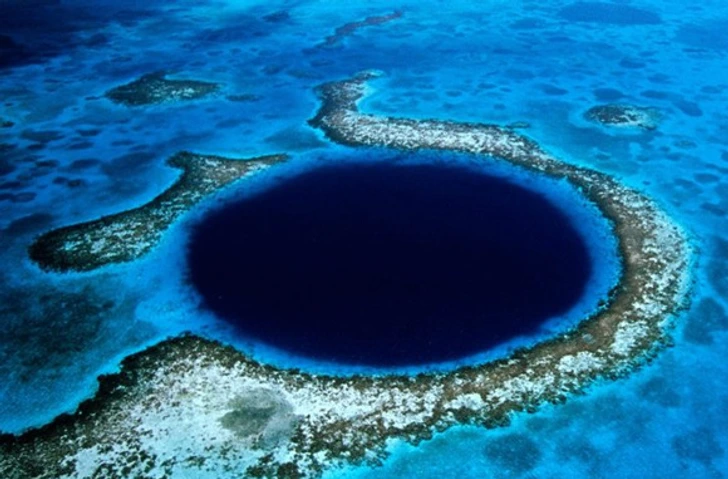
However, as more people have ventured into the depths of this enigmatic site, they have encountered some unexpected and eerie discoveries. From ancient formations to unsettling remnants of human activity, the bottom of the Great Blue Hole holds secrets that few have ever seen.
The Great Blue Hole is a circular underwater chasm located within the Lighthouse Reef, a vibrant coral atoll in the Caribbean Sea. Its deep blue color makes it stand out against the lighter turquoise waters, creating a striking visual even from space.
The site was relatively unknown to the world until Jacques Cousteau, the legendary explorer, visited it in 1971. He declared it one of the top dive sites on the planet, sparking a wave of interest among divers and marine scientists. But what lay beneath its surface remained largely a mystery—until modern exploration technology allowed researchers to plunge into its hidden depths.
In 2018, Fabien Cousteau (Jacques Cousteau’s grandson) and entrepreneur Richard Branson embarked on an expedition to explore the Great Blue Hole using state-of-the-art submarines. As they descended into the abyss, they witnessed an environment unlike anything seen before.
0-100 feet: A thriving marine ecosystem teeming with fish, corals, and reef sharks.
100-300 feet: The sunlight began to fade, and the water turned an eerie shade of dark blue.
300 feet and beyond: The team encountered a thick layer of hydrogen sulfide, a toxic gas that cut off all oxygen and plunged them into complete darkness.
Below this layer, life could not exist. But what they found at the bottom of the sinkhole was both shocking and heartbreaking.
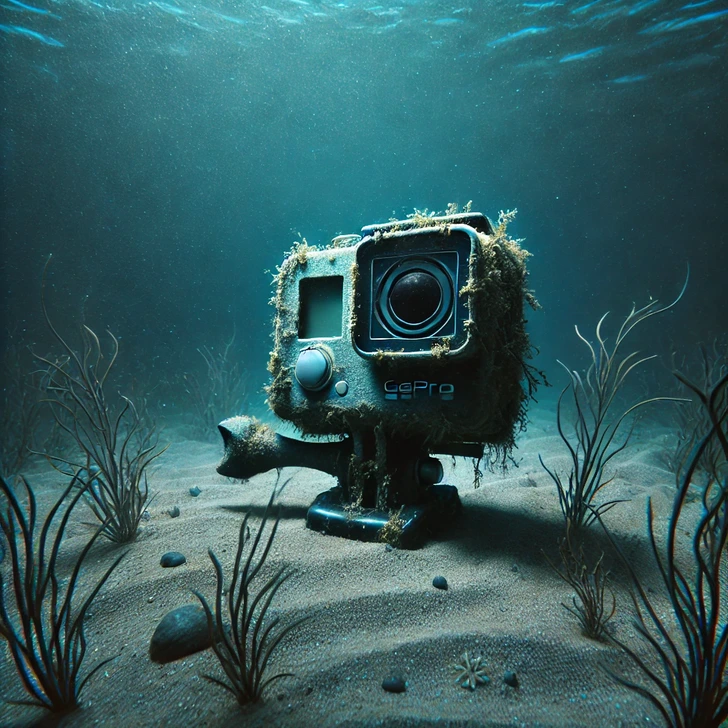
One of the most disheartening discoveries at the bottom of the Great Blue Hole was human-made trash. Despite being located in a remote part of the ocean, pollution had still found its way into this natural wonder. Among the debris, the explorers found:
A plastic bottle lying on the seabed—an unfortunate symbol of global pollution.
A GoPro camera, surprisingly intact, containing footage from a diver’s past adventure.
This discovery served as a sobering reminder that no place on Earth is untouched by human impact. Even the most pristine environments are vulnerable to the consequences of waste and pollution.
Perhaps the most unsettling discovery was the remains of divers who had gone missing in the Great Blue Hole over the years. The site has long been known as a challenging and dangerous dive location, with strong currents, disorienting conditions, and extreme depths making it a risk even for experienced divers.
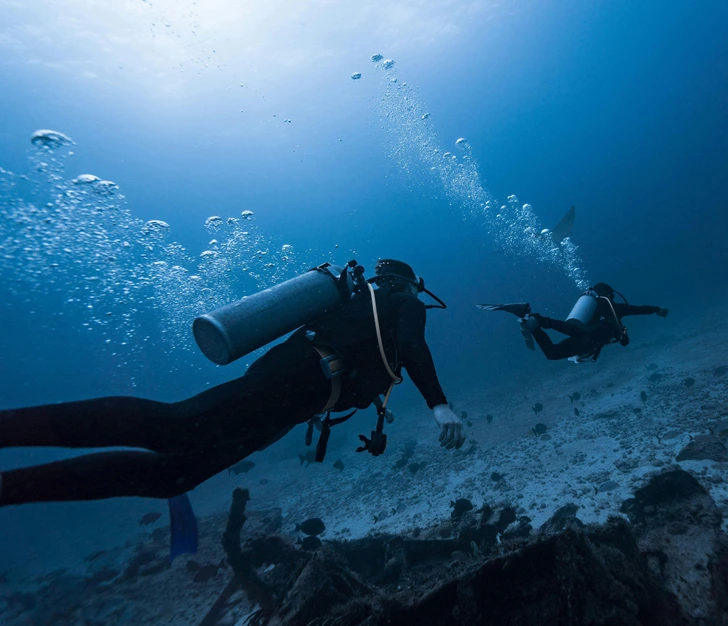
The team chose to leave the remains undisturbed out of respect for the deceased, but they did report the findings to Belizean authorities. These tragic discoveries highlight the dangers of extreme diving and the importance of caution when exploring underwater caves and sinkholes.
One of the most fascinating scientific discoveries in the Great Blue Hole was the presence of stalactites—mineral formations that typically form in dry caves. Their existence in an underwater environment was proof that this sinkhole was once above sea level.
Geologists estimate that the Great Blue Hole formed during the last Ice Age, over 10,000 years ago, when sea levels were significantly lower. As the ice caps melted and oceans rose, the cave system flooded, creating the massive sinkhole we see today.
This evidence supports theories about rapid climate change in Earth’s past and serves as a stark reminder of how sea levels can rise dramatically over time.
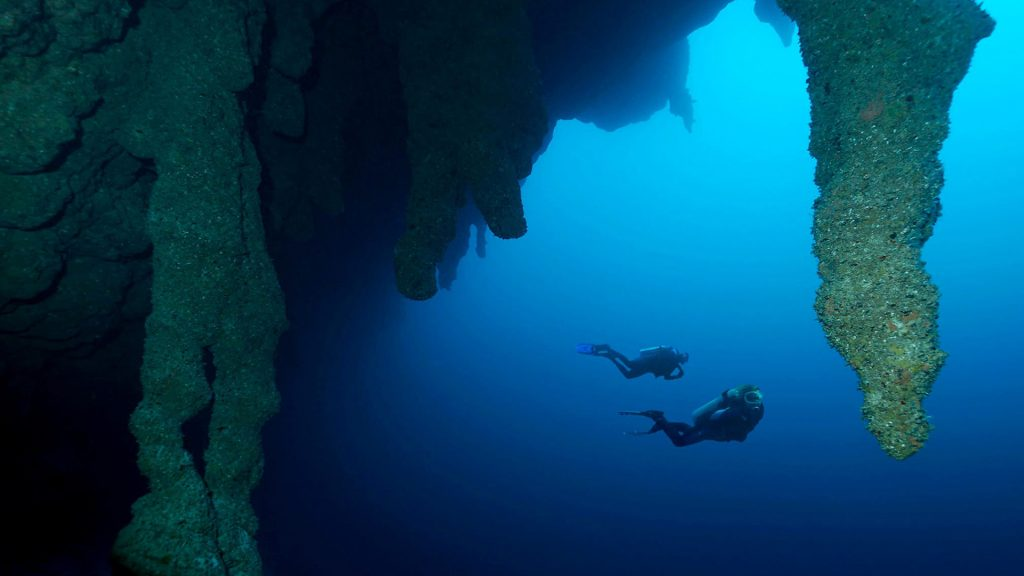
Following the expedition, Richard Branson reflected on what he had seen, stating:
“The Great Blue Hole is a reminder of how quickly and catastrophically sea levels can change. Looking at the walls of the sinkhole, you can see where the land once was, before it was swallowed by the ocean. It’s a stark warning about the dangers of climate change and what could happen to coastal cities in the future.”
As global temperatures rise and ice sheets continue to melt, scientists predict that sea levels could rise by several feet within the next century. Coastal communities worldwide could face severe flooding, loss of land, and irreversible environmental changes.
Despite its dangers and mysteries, the Great Blue Hole continues to attract divers, scientists, and adventure seekers from around the world. Here’s why:
Breathtaking Beauty: The contrast between the deep blue sinkhole and the surrounding coral reef creates one of the most visually stunning sights on Earth.
Scientific Significance: Studying the Great Blue Hole helps scientists learn more about past climate changes, geological formations, and marine ecosystems.
Diving Challenge: For experienced divers, exploring the Great Blue Hole is considered a once-in-a-lifetime achievement due to its extreme depth and unique underwater environment.
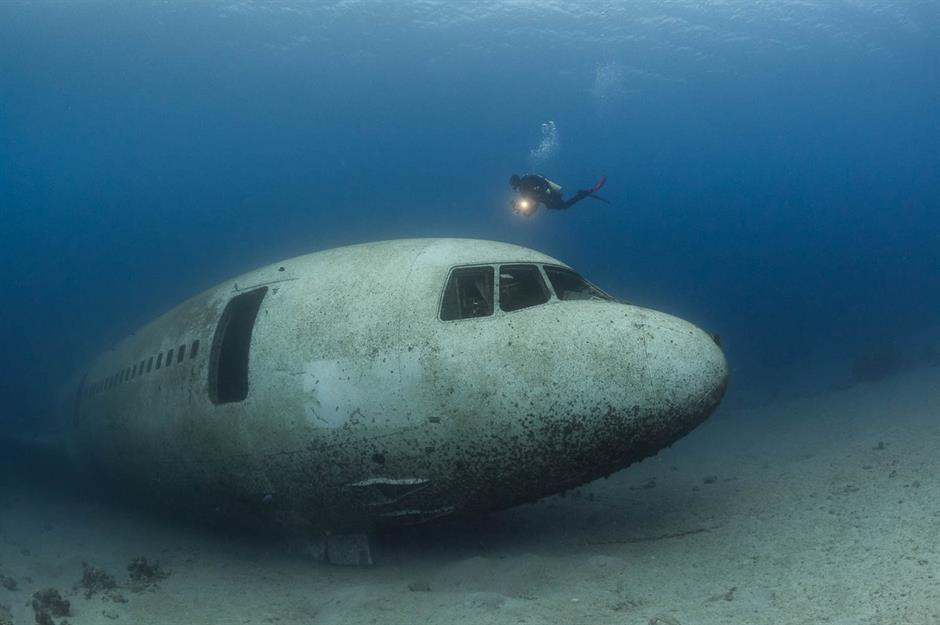
The Great Blue Hole is more than just a natural wonder—it’s a portal into Earth’s history, a warning about the impact of climate change, and a testament to the power of nature.
While its depths hold beauty, mystery, and scientific value, they also reveal the unfortunate reach of human pollution and the dangers of extreme exploration. Whether viewed from space, explored by submarines, or dived into by adventurers, the Great Blue Hole remains one of the most awe-inspiring locations on the planet.
As we continue to explore and learn from this incredible site, one thing is clear: nature’s wonders must be protected, preserved, and respected for generations to come.




